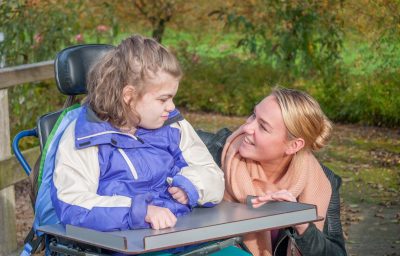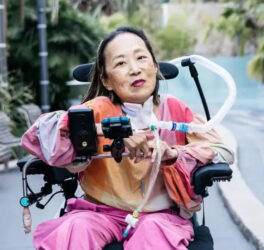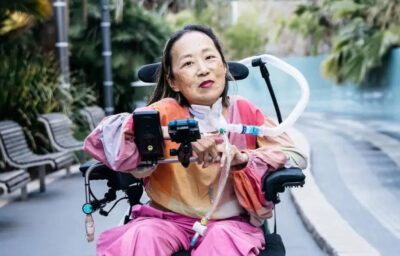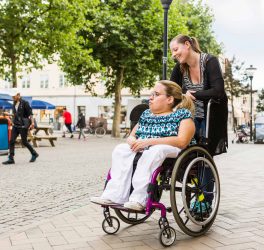
New data show disabled people continue to experience disproportionately high rates of violence and abuse in New Zealand. The latest statistics from the New Zealand Crime and Victims Survey Cycle 4 (November 2020-November 2021) published yesterday.
The latest statistics from the New Zealand Crime and Victims Survey Cycle 4 (November 2020-November 2021) published yesterday by the Ministry of Justice show that:
disabled adults were significantly more likely to experience personal and household crime when differences in average age were accounted for
disabled adults were at elevated risk of having experienced sexual assault or intimate partner violence during their lifetime, especially when age was taken into account (45%)
disabled adults were more than three times as likely as non-disabled adults to have experienced offences by family members
While the information is concerning, it is extremely encouraging that this data is now being collected annually by the Ministry of Justice, says Disability Rights Commissioner Paula Tesoriero.
“These results confirm data collated in reports I published in December last year. Violence and abuse against disabled New Zealanders must be acted on with urgency.”
Disabled people also experience many of the circumstances shown in the report to correlate with higher rates of violence – such as living in areas of deprivation, low employment, and overcrowded housing, she says.
“We need a twin track approach that ensures all services understand and respond to violence experienced by disabled people, as well as a bespoke solution as set out in Te Aorerekura: National Strategy to Eliminate Family Violence and Sexual Violence. It is important future funding is geared towards disabled people.”
Ms Tesoriero noted that the higher rates of violence may still be an underestimate given
the selection of participants and the survey methodologies excluded living situations that create particular risks (residential, or reliant on others for communication and other factors).
“One of the Commission’s priorities is to promote the right to be free from violence and highlight the lack of prevention or appropriate and accessible support for tāngata whaikaha and disabled people experiencing violence and abuse in Aotearoa,” says Ms Tesoriero.
Tāngata whaikaha and disabled people can find it difficult to escape violence and abuse because of the control other people have over their lives and a lack accessible resources, such as information and emergency accommodation, she says.
“These statistics demonstrate the critical need for dedicated prevention and support strategies designed with disabled people and the importance of the community-led approach. We will continue to work with the community and the Joint Venture on Family Violence and Sexual Violence to advance this work.”








